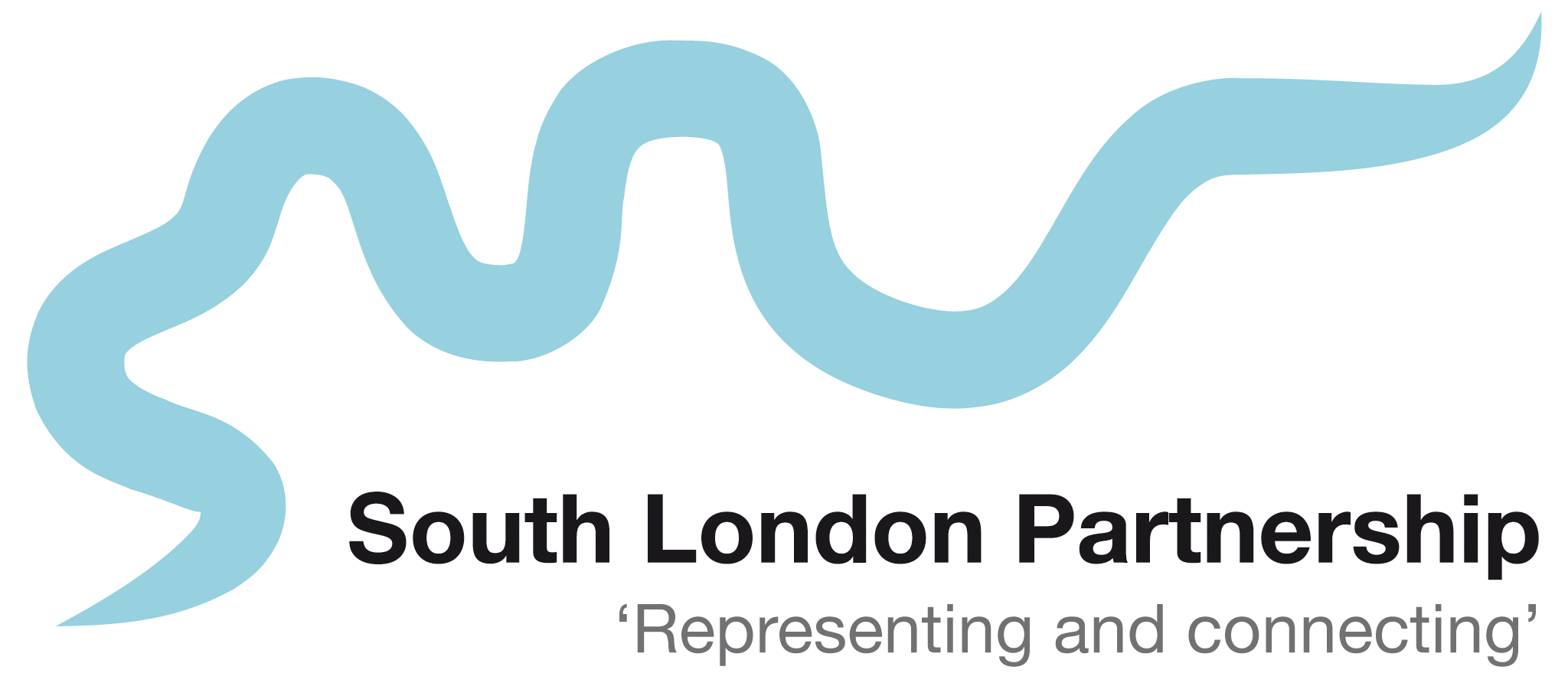15-20 mins from central from some locations - Richmond, Wimbledon, Croydon
65% of our residents live in areas with poor links to public transport
45% of journeys by car - leading to congestion and pollution
Transport
The difference good connectivity makes is starkly visible in our area: those places with mainline rail services and fast links into central London, or that benefit for the very limited Tube service, thrive economically and are able to plan viable major development to strengthen their economies and deliver new housing.
But overall South London has the lowest connectivity of any sub-region in the capital, with many residents highly dependent on cars to get around and serious congestion on both our roads and public transport.
Transport in South London needs to improve to support our economic ambitions:
- address the congestion that holds back sub-regional productivity and support the future of our town centres, high streets and industrial corridors
- unlock affordable and sustainable access to employment, services and leisure opportunities in South London and beyond; and
- take better advantage of our strategic location between the UK’s two main airports to increase inward investment and improve access to international markets for South London businesses.
The South London Partnership priorities for transport are:
1. Improvements to major transport spines to ensure sustainability of connections radial connections and links to major economic opportunities:
Brighton Mainline Upgrade (external link) – to deliver vital journey improvements between Brighton, Gatwick airport and Waterloo, with major redevelopment of East Croydon station and unlocking opportunities for improvements to suburban services
Crossrail 2 (external link) – crucial to relieving the congestion on rail lines into Waterloo, improving services from 15 stations within the sub-region, and enhancing Wimbledon as a key interchange
Sutton Tramlink – to improve connectivity to Sutton town centre and strengthen public transport links to the London Cancer Hub and potential new acute hospital at Belmont
2. Metroisation of suburban rail services to deliver improvements in frequency and reliability akin to those delivered on the London Overground in other parts of the capital and strengthen orbital links
3. Tram 2050 – exploring the future role of our unique, low emission transport asset to unlock orbital connections and links to poorly served areas with potential for jobs or housing growth
4. A modernised bus network reflecting the strong reliance on road transport in our area, ensuring routes reflect modern journey needs, reducing emissions and exploring innovative services
5. Promoting active travel to improve health and address air quality

